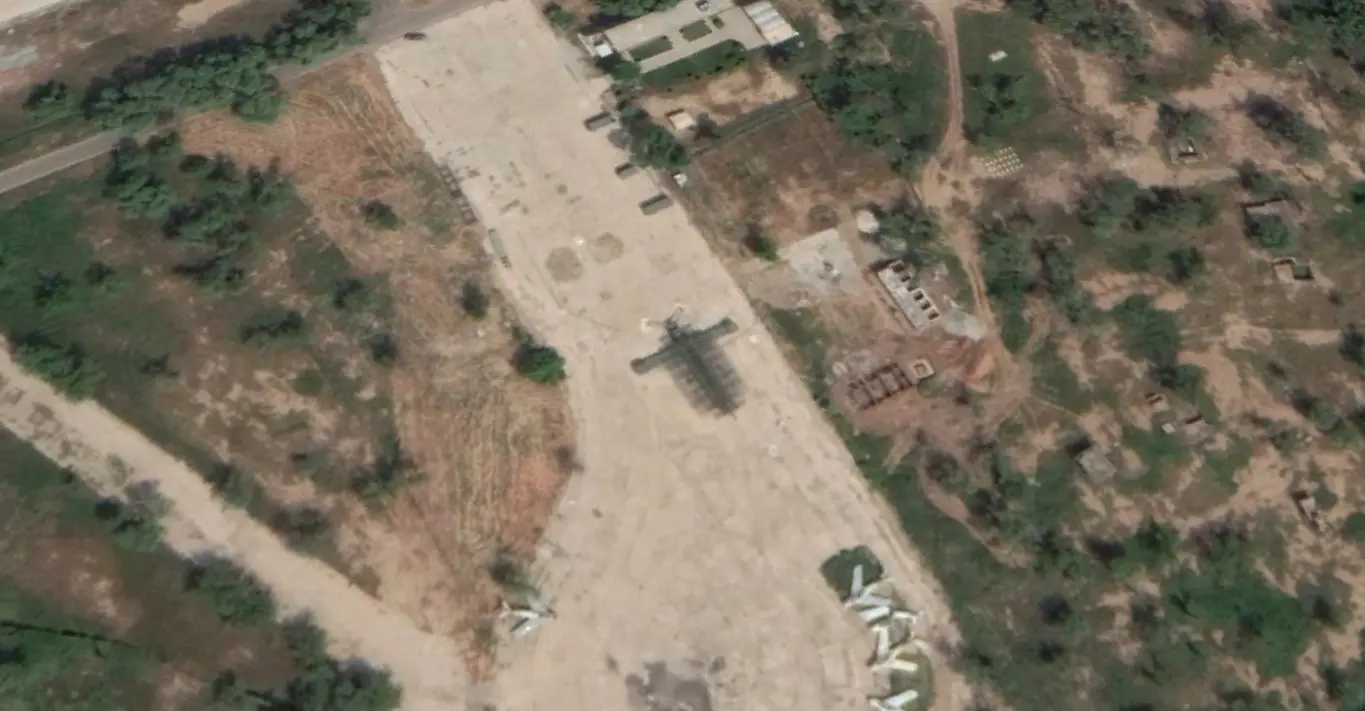3442Views 0Comments

Pakistan Apparently Received a JY-27A Radar from China
Open source satellite imagery revealed the presence of a radar system, potentially the China Electronics Technology Group Corporation’s (CETC) JY-27A, at the Pakistan Air Force’s (PAF) M.M. Alam Air Base.
According to Jane’s Defence Weekly, which had reported that the radar is a JY-27A, the system was likely delivered from 05 June to 29 August 2019, but was not activated as of 02 September 2019.
Revealed at the 2016 Zhuhai Air Show, CETC had advertised the JY-27A as VHF (very high frequency) radar, in which state it offers 2D electronic-scanning in azimuth and elevation.
Of its benefits, CETC promoted the JY-27A’s ability to detect low-observable (LO) or ‘stealth’ aircraft, such as the F-22 Raptor and F-35 Lightning II, at long-range.
The JY-27A CVLO (counter-very-low-observable) radar’s range is not known, but Shephard Media (citing unverified news reports) pegged its capability at roughly 500 km. In addition, the JY-27A can also provide situational awareness of incoming ballistic missiles.
It is not known if this was a single-unit procurement, or if it is part of a larger batch. Given the long-range detection capabilities of the JY-27A, it would follow that Pakistan could procure a long-range surface-to-air missile (SAM). In this regard, Pakistan had reportedly expressed interest in three or four FD-2000 (i.e., the export variant of the HQ-9) long-range SAM systems from China.
Notes & Comments:
One interesting aspect of a potential Pakistani VHF radar purchase is that in the 2017-2018 release of the Pakistani Ministry of Defence Production’s (MoDP) report, the Pakistani armed forces’ Directorate General of Munitions Production (DGMP) signed-off on a VHR radar program.
However, a DGMP program would suggest that the radar would have been a local project (either through an original design or via a transfer-of-technology agreement). It is unclear where the JY-27A stands in that equation. Moreover, a single-unit purchase at this stage would make sense since Pakistan could be looking at evaluating it before committing to a larger order.
As for the utility of VHF radars in detecting LO aircraft at long-range, an issue of this nature actually came up in 2014 when the Russians inducted VHF radars of their own.
Though a VHF radar might provide some situational awareness of a LO aircraft, it is generally not equipped to guide a missile to that target, at least at a sufficient accuracy. Moreover, a strike package consisting of LO aircraft will rarely operate alone; in fact, they will operate in a network-enabled system comprising of electronic warfare (EW) systems, drones (e.g., loyal wingman drones), and other assets.
Thus, situational awareness – while essential – is not enough to pose a credible threat to LO intruders. For the JY-27A to result as a serious acquisition, Pakistan would need to follow-up with long-range SAMs (with sufficiently long-range target tracking and missile guidance radars). At the minimum, it will need to develop a procedure to pair the early warning potential of the JY-27A with its existing response mechanisms (e.g., scrambling its multi-role fighters and using airborne early warning and control to support the intercept mission).
In any case, it should be noted that M.M. Alam Air Base has become an area where the PAF seems to test Chinese equipment. In 2017, the same air base was host to a Wing Loong drone apparently undergoing tests.
It may simply be an AN/TPS-77 as well.


